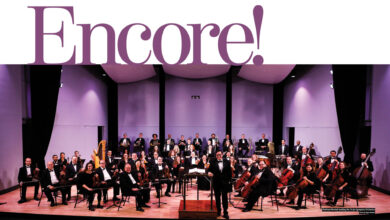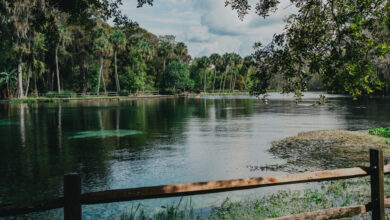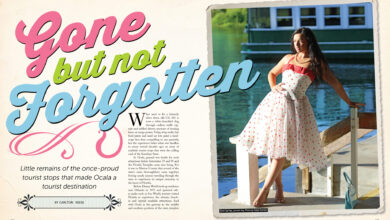Story: Evelyn B. Kelly PhD with Natalie Kelly
“We are in Transylvania. Our ways are not your ways. You know something of the strange things that may be here,” Count Dracula said to his English guest Jonathan Harker as he greeted him to his castle in Bram Stoker’s 1897 gothic horror novel Dracula.
Traveling to Romania in 1998, Natalie and I insisted that we go to Transylvania to see the real Dracula’s castle. In the capital of Bucharest, we dodged aggressive gypsies and heard loud packs of fighting dogs, which their owners abandoned when they were forced to move into communist flats. We were told that the roads to Bran Castle were treacherous and narrow, and tourists did not go there. Bucharest appeared as dark and foreboding as Romania’s famous Dracula.
This past summer of 2012, we returned to Bucharest. Gypsies were few; an aggressive animal control program had taken most stray dogs off the street. Bucharest was clean and beautiful and as one fellow tourist described “the best kept travel secret.” Even more exciting was the fact that we were able to travel to Transylvania to see that famous castle and listen to our competent guide Natasha Gavrilescu tell us about Dracula.
As we traveled through beautiful resort towns that reminded us of Gatlinburg on steroids, we saw a mixture of old and new villas perched upon high hills. We would soon enter the Carpathian Mountains, home of 50 percent of the bears in Europe, nearly all the wolves, and plenty of superstitions about vampires, evil beings who subsisted by feeding on blood. The idea of vampirism had existed for thousands of years in many cultures but became especially prevalent in Eastern Europe. In the seventeenth century, when some of the legends began to be written down, some areas experienced mass hysteria demanding public executions for those believed to be vampires.
Tag along for a wild ride as we hunt for Dracula in our Oct. 2012 issue. Tell us what you think in our comment section. Don’t be afraid!






